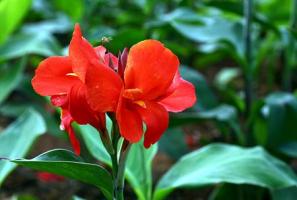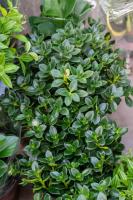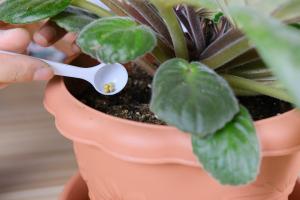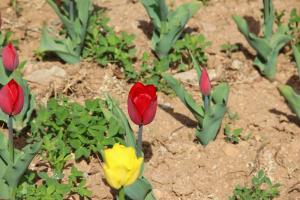Dry pot method
Pots are generally made of earthenware, pottery, wooden and plastic pots, especially those in the shape of waist drum. They have good air permeability and strong water absorption, and are very suitable for dry orchid cultivation
The orchid basin requires drainage holes at the bottom and ventilation holes at the side. If it fails to meet the requirements, it can be processed appropriately
The size of the pot can be determined according to the size of the orchid plant. Avoid the selection of planting materials for small orchid basin and weak orchid basin, which is the key to the success of orchid cultivation
Selection of basin soil for dry orchid cultivation
generally dry farming is mostly from humus soil from orchid growing in deep valleys, and then properly modified with appropriate bark, granule fire and foam plastic. The humus content is rich, slightly acidic, loose and breathable, and is suitable for orchid growth. p>
Before putting into the basin, the plant materials shall be dried or sterilized with steam. The sieves with different sieves shall be divided into coarse, medium and fine particles, which shall be stored separately. The powdered crushed soil shall be discarded
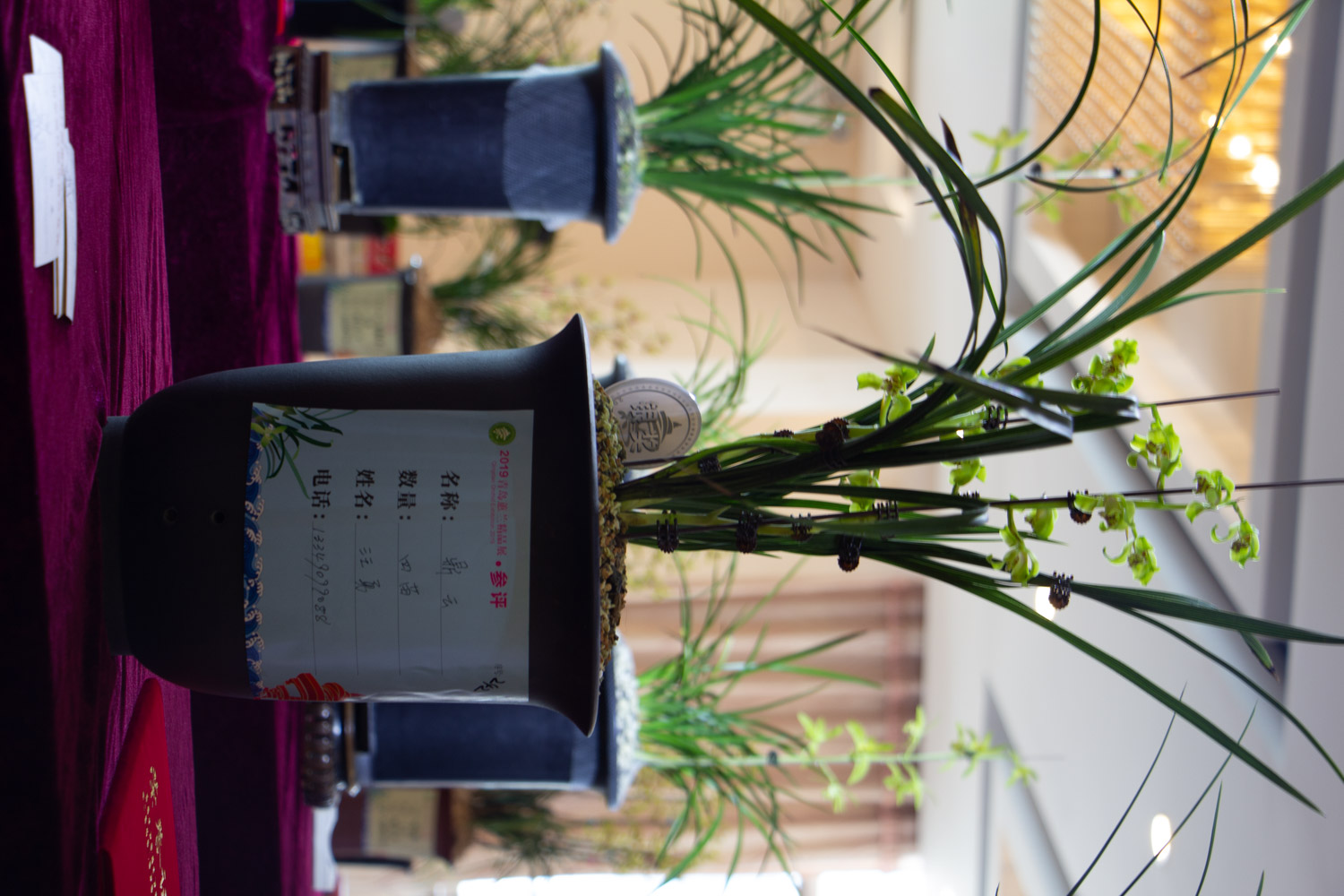
Specific steps of dry orchid cultivation
When theis on the basin, the pelvic floor will be filled with broken tiles and foam blocks as drainage layer, which will play a role of drainage and ventilation. This layer will account for 1/5 of the basin height. p>
Then add a layer of coarse-grained plant material, and a small amount of fermented sheep manure particles can be added at the same time as the base fertilizer. This layer is the base layer, which mainly plays the role of water filtration, ventilation and nutrition, accounting for about one quarter of the basin height
Carefully put the pruned, disinfected and dried orchids into the orchid basin, straighten out the orchid roots, hold the orchid plant in the left hand to keep it in the ideal cultivation position, and gradually add medium grain plant material in the right hand. When the plant material is added to a certain amount, gently lift the orchid plant, gently shake the orchid basin, and then gently compact it by hand to make the orchid roots fully contact with the plant material to prevent empty roots caused by gaps between the orchid roots, then continue to add plant material to the false bulb, and shake the orchid basin again, Fill the plant material tightly
This layer is a nutrient layer, which is the main place for the growth of orchid roots and the main place for orchids to absorb nutrients. Its thickness accounts for about half of the basin height. Of course, its thickness should also be adjusted according to the different types of orchids
Then add the fine plant material until it covers two-thirds of the false bulb. Gently compact it to make it look like steamed bread. This layer is the covering layer
In order to prevent the fine plant material from being washed away by water or splashed into the orchid core during watering, an appropriate water retaining protective layer should be added to this layer. Generally, this layer mostly adopts coarse-grained hard plant material, such as granular burnt earth, orchid stone, planting gold stone, and even multicolored stone
Then pour fixed root water and put it in a cool and ventilated place for management and protection
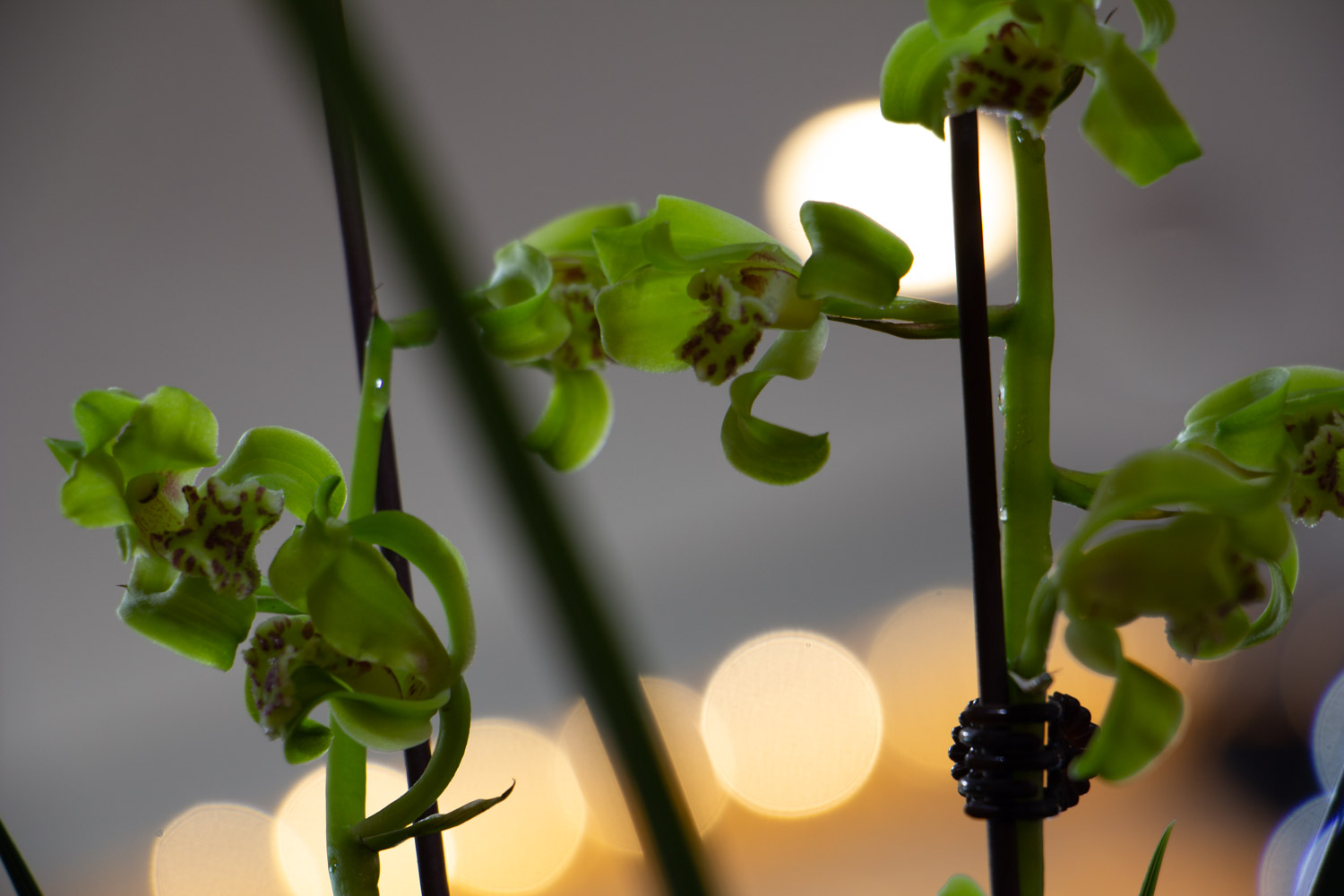
Late management of dry orchid cultivation
In terms of watering, it is emphasized that if you see dry and wet, you must pour thoroughly
Water less in winter, about half a month to about once a month
In spring, when the temperature is getting higher and the air is dry, the water supply can be increased appropriately, usually once a week or so
From midsummer to early autumn, the temperature is high, and the orchids have a great demand for water. Water is given once in about 3-5 days
From mid autumn to early winter, the temperature difference between morning and evening is large, and the air is relatively dry. Water is given once in about 7 weeks
In cloudy and rainy days, water supply and watering can be appropriately reduced. Generally, multiple repeated water supply method is adopted. A small amount of water supply is spiral along the edge of the basin until it is poured through. Basin leaching can also be adopted, but only one basin is soaked at a time. After pouring it out, replace it with new water and then soak another basin, and pay attention to prevent cross infection of diseases
Because the plant material contains rich nutrients, while the orchid grows relatively slowly, and the demand for nutrients is not as large as that of other plants, it is generally recommended to use light and thin fertilizer for dry orchid cultivation, about once a month, in order to prevent fertilizer injury. It is best not to apply fertilizer for weak orchid and sick orchid
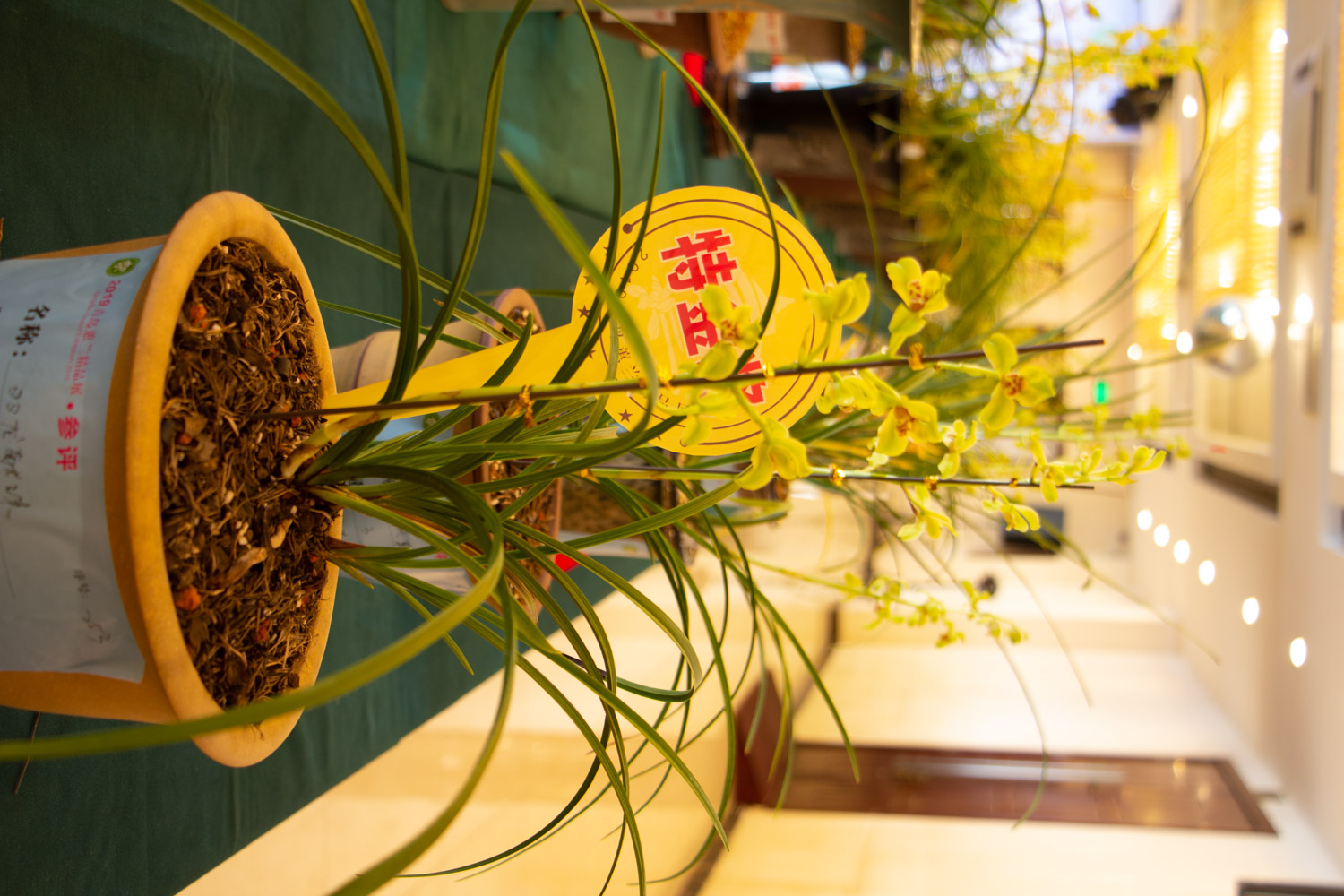

 how many times do yo...
how many times do yo... how many planted tre...
how many planted tre... how many pine trees ...
how many pine trees ... how many pecan trees...
how many pecan trees... how many plants comp...
how many plants comp... how many plants can ...
how many plants can ... how many plants and ...
how many plants and ... how many pepper plan...
how many pepper plan...